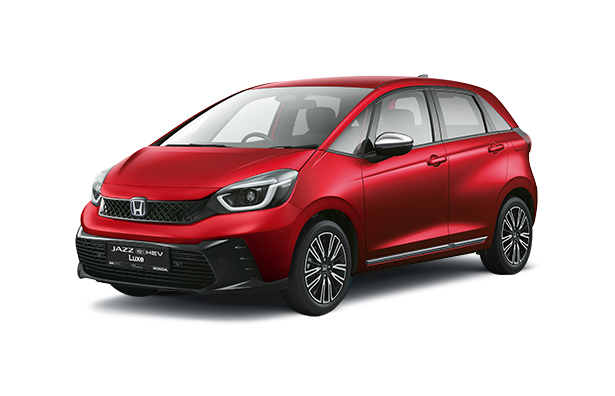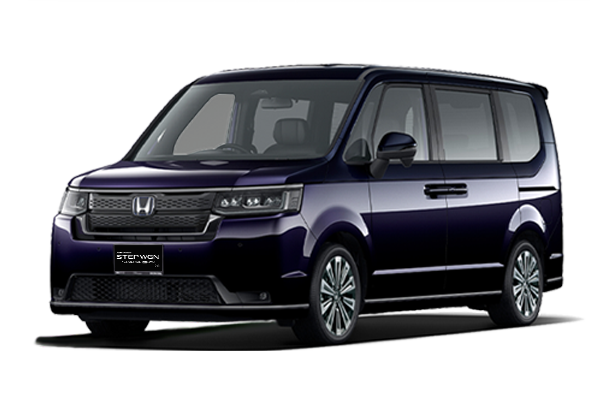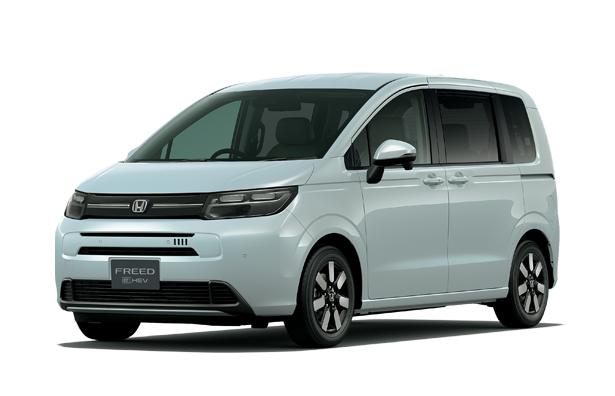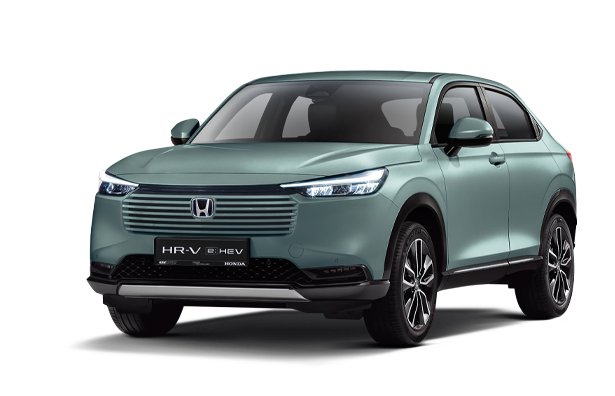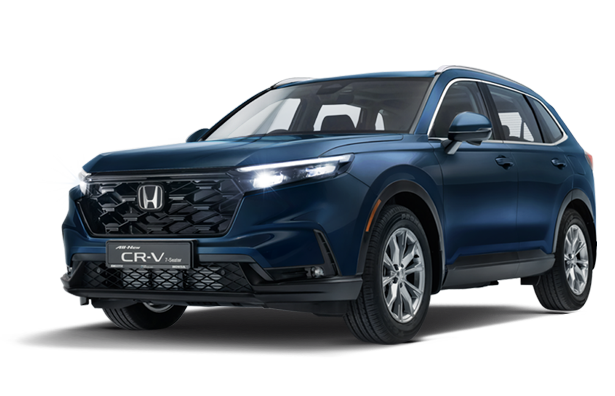2021 Honda Jazz e:HEV Review: All This Jazz
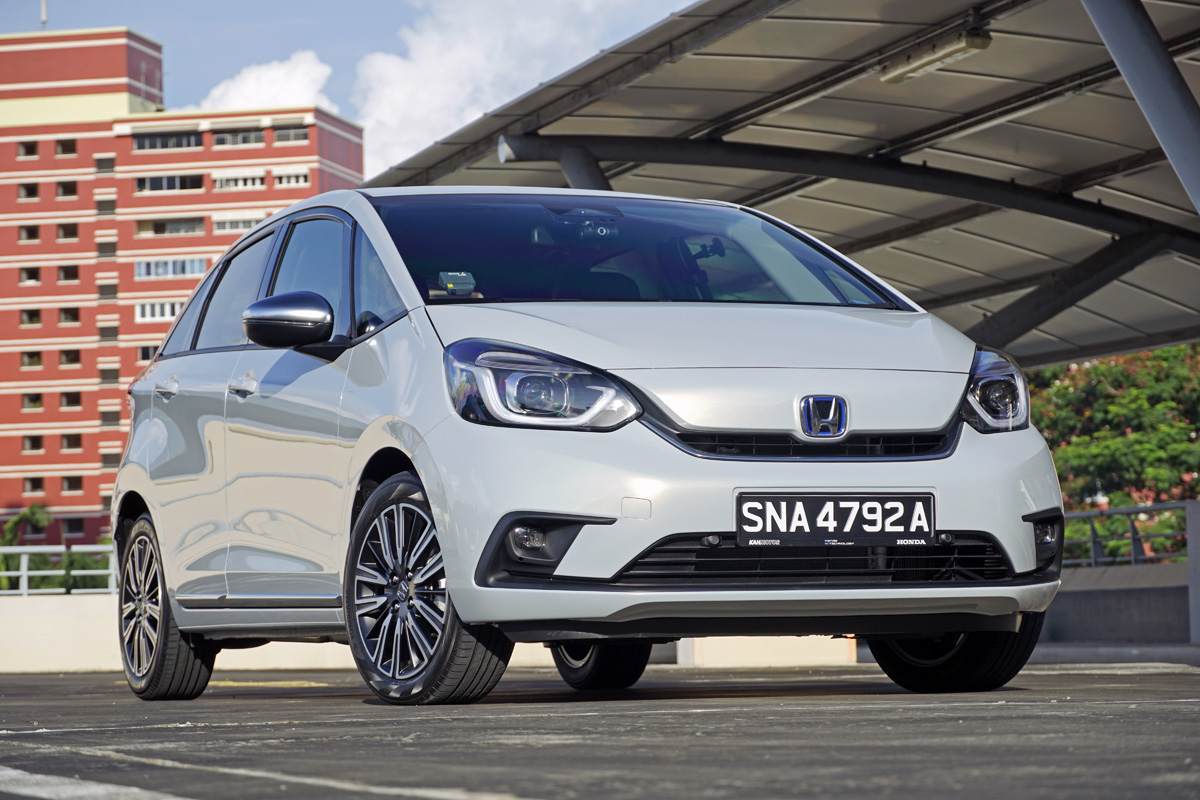
Hybrid Honda Jazz hits all the high notes in Singapore with excellent efficiency, improved tech and design – and more usability than ever
INTRODUCTION
The Honda Jazz compact hatch is one of Singapore’s evergreen, always-seen cars, and for the first time it receives hybrid power.
The good news? It works damn well and doesn’t detract from the inherent Jazz-ness of the car – a compact hatch that behaves like a car one, or even two, sizes up. The ‘bad’ news? Don’t bother with the normal, gasoline-only 1.5.
To give its full name, the Honda Jazz 1.5 E:HEV debuted here earlier this year – read our comprehensive launch news for more info – and like so many other cars in 2021, the hybrid variant is where all the action is. Toyota’s small SUV, the Yaris Cross, ditches a petrol-only version entirely, while even the Lexus IS executive sedan has a hybrid version that makes its gasoline brother look like lesser value.

It’s also significant because the E:HEV Jazz is the first small hybrid car we’ve seen from the company in awhile – almost a decade, in fact. Let’s not count the flagship Legend sedan nor the NSX sportscar (which Ju-len drove back in 2016) for obvious reasons. Remember that the mild hybrid Civic FD was at one point Singapore’s best-selling hybrid car – and if E:HEV really works in one of Honda’s most successful models, it could kick off the Honda electrified era we’re been waiting for here.
Design and Appearance

The fourth-gen Jazz keeps a similar footprint to before
As mentioned in our news story, the Jazz remains a similar size to before: “At 4,035mm long, 1,694mm wide, and 1,537mm tall, it’s only slightly bigger than the preceding model, which was 3,955mm long, the same width, and 1,524mm tall.”

That’s good news since compact hatches are one segment that definitely do not need the trend of constant expansion. But where the fourth-gen car departs is in styling as Honda has taken a turn away from the sportier, ediger lines of the third-gen, towards a friendly, if not downright adorable mien. It looks like an automotive Tarepanda or baby dugong, with wide-set, ‘don’t hurt me’ eyes, and the blue Honda hybrid badge indicates it also does less harm in turn.

If this Jazz could say anything it would be ‘SQUEEEEE’
Those who like spoilers and whatsits on their Jazz will probably turn away now, not that they were ever fooling anyone to begin with.

Our straw poll of the new looks seem to indicate a polarising design with people either loving or hating the new look. But a Jazz has never been a Suzuki Swift Sport, nor pretended to either. If anything, the new minimised grille section, large greenhouse and focus on practicality is utterly refreshing in the age of coupe-this and SUV-that. It may be the lesson to take away is that a Jazz is for those with nothing to prove.
SPACE AND PRACTICALITY

Huge windscreen and large windows give a sense of space
A key draw of the Jazz is that it’s always been larger in practice than it is on paper.
Nominally, a compact hatch does great for two adults and that’s it, don’t expect much by way of people or cargo. But the new Jazz feels even more spacious now, at least as spacious as a small MPV – say a VW Touran – with plentiful headroom and even legroom for four adults.

With the hybrid battery under the boot floor, boot size is 284-litres, or 20-litres less than the non-hybrid’s 306-litres. It’s a notable 50-litres less than the previous Jazz, but on par with other compacts like the Suzuki Swift’s 275-litres and VW Polo’s 280-litres. Flop the seats down – they still fold flat – and you have an impressive 1,200-litres of cargo room.

1,200 litres with all seats down

286-litres

60/40 folding seats
Of course the Jazz’s magic trick is still there – the Magic/Ultra seats which can flip up to carry tall items. It’s easy to use – just lift the bottom seat rail, flip the bottom section up, then lock it into place with the rail. It still works a treat, as we managed a full-sized office chair. Overall the Jazz is still one of the best little cars for carrying big things.

We fit an office chair for real

Honda Jazz Ultra/Magic seats

Honda Jazz Ultra/Magic seats

Who is this man and what is he doing in the magic seat? You’ll find out soon…
Interior and Features

Clean dashboard design is more mature, and contrasts the previous-gen car
The new car immediately feels larger, and roomier, and the reason for that is the pared back design of the cockpit. The dash design is much neater, with all the major elements oriented on the same plane – the passenger front glove box, the infotainment system, the driver’s instrument section. The huge windscreen and thinned A-pillars with larger inset windows also let more light in.

Like Mazda, Skoda, and Volkswagen, it seems time and money has been lavished on the common touch/eye points: The two-spoke leather steering wheel feels lovely to use, as is using its new buttons. The 7.0-inch driver’s display isn’t huge, but it is well-presented with clear, easy-to-read graphics and minimalist fonts, and scrolling through its menus to what you want is simple.

That’s matched by the 9.0-inch infotainment touchscreen, which isn’t just a huge step up over the previous Display Audio system, but good enough to offer lessons to every other carmaker out there.

If you gotta have a touchscreen, have one that’s clear, high-contrast – and has physical buttons still.
Not only is it set close to the driver for easy reach, all of the icons are high-contrast, and labelled clearly. Lastly, there are physical buttons for the most important functions: Home, back, volume, and track scroll.

Real aircon knobs

Home, back, volume and track buttons

Customisable layout

Android Auto and wireless Apple CarPlay
Because of this, it scores major points for being one of the least distracting in-car touchscreens to date. And it also packs wired Android Auto and (notably) wireless Apple CarPlay functionality.
On the other hand, the less obvious parts of the car do see cost-cutting: While the interior surfaces generally look well executed, there’s still quite an acreage of hard, black plastic in the cockpit. The fuel flap is made of pressed steel and looks two steps evolved from a jerry can. ‘If you fill up less often, does it matter?’ Honda seems to ask.

The car we drove is the hybrid which comes in top-spec Luxe variant, so it has all the bells and whistles. Some we’ve come to expect even in compact hatches -keyless entry and start, a good airbag count (six), full LED lights all round, digital instruments and infotainment. Locally, there’s the 1.5 non-hybrid Home and Base versions to choose from too – read on to the conclusion to see which model gets our recommendation.
DRIVING EXPERIENCE

Yes, this is a Honda hybrid but it’s also a totally new system, named E:HEV. It doesn’t officially stand for anything, but HEV obviously means ‘hybrid electric vehicle.’
As explained in our news story, it’s different from existing hybrid systems whether it’s Toyota’s ‘normal’ hybrid setup, or Nissan’s E-Power system. A standard hybrid system – we see on Toyotas for example – sees the engine and electric motor working together in all situations depending on what’s required. For Honda’s E:HEV system, the electric motor drives the car at speeds of up to and around 80km/h. When required, the engine tops up the battery to drive the car – in other words, it’s like a Note E-Power. But above 80km/h, the engine drives the car directly through a single-speed gear, like an overdrive on a normal gearbox. The benefits are using the motor and engine in situations where they are most effective, and also ditches the need for a gearbox. Honda says there’s an e-CVT, but there isn’t really a conventional gearbox. Because it’s either the engine or motor moving the car, there’s no combined hybrid system output.

But techno-wizardry-because-we-can aside, does it work in Singapore? Yes, it’s efficient enough to give Toyota’s hybrids strong competition.
Over a 150km run, the Jazz delivered a combined fuel consumption of 4.3L/100km. That doesn’t sound impressive, but this was done without using Econ mode (deadens throttle response), and included our very inefficient video and photo shoots. A run without the latter brought 3.7L/100km – better than the car’s claimed fuel consumption. Honda’s system also seems to work well on highways, with a run on the AYE and PIE giving around 3.0L/100km and sometimes better.

Our guess is, average people will do low to sub 4.0L/100km driving in a restrained manner. With VES stacking the cards against non-hybrid cars, and with the Jazz this good at sipping fuel we tell Honda Japan this: All your models should have an official hybrid version.

As for its actual driving characteristics, in city driving it’s mostly silent electric running, with the instant 253Nm of the motor great for quick maneuvers, especially since it’s paired with the typical Jazz handling – neat, quick, and oh so easy to manage. The kick-in of the inline four cylinder engine is noticeable, but it’s not as obvious as the Note E-Power’s three-cylinder unit, or even the Kia Niro’s 1.6 inline four. If the Jazz is this frugal, it bodes very well for the next HR-V small SUV, which will also use the system, and also the next-gen Civic.

Honda claims multiple improvements to refinement, and the Jazz is certainly more refined than it used to be, with less road noise overall. However it now gains a little more thump over bumps, and it can get a little crashy over longer stretches of roughness.

But on the whole, it’s a near perfect city runabout. The new windscreen and A-pillar design deliver superb visibility – important in the age of Nourishment Ursines – and the car’s as easy to park as it always has been, even without the rearview camera.
Competition, pricing and conclusion

Close to S$110k with COE for a compact hatch is expensive, theoretically, but as we’ve shown the Jazz is more than your average compact hatch, offering room and flexibility to rival even a small MPV.
If you really do want to economise, there’s the gasoline 1.5 Base model and 1.5 Home models. Base has manual everything (lights, aircon, wipers, no alarm, and pleather shift knob), while the Luxe adds leather and auto features as mentioned. But as we said, the key choice facing consumers in 2021 is whether not to go with the hybrid powertrain or not – considering the S$106,999 for the E:HEV Luxe is only S$4k more than the 1.5 Home, and S$7k more than the 1.5 Base, it’s a no-brainer to aim straight for the hybrid.

In-segment, the car’s key rival is the Nissan Note E-Power, now that the Toyota Prius C is no more. The Nissan offers a bit more driving oomph thanks to the BEV-like E-Power acceleration, but it’s not as spacious or flexible, and is a little less efficient. You can get the Suzuki Swift mild hybrid for under S$100k with COE now, and it drives a little nicer, but has far less space, while the Swift Sport offers proper driving fun, though non-enthusiasts will balk at the manual.
The technically-one-size-up competition comes from the mainstream sedan segment, most of which range from S$100k to S$110k with COE, but as sedans, they’re not as flexible for cargo, although they have more legroom. Also, none are full hybrids besides the Toyota Corolla Altis Hybrid (around $S140k with COE because of a Cat B COE). Closer competition comes from Toyota’s Yaris Cross Hybrid (around S$110k with COE) small SUV.
Yet despite all this fierce competition in the sub-S$120k price point, the Jazz still stands tall as a car that has a combination of qualities none of those above can quite challenge. It’s a concept improved and not disproved, digitised but not distressing, hybridised but not bastardised. The new Jazz is a seriously impressive car, and it deserves an adoring audience.
Credits: CarBuyer
Author: Derryn Wong
Original Source: https://www.carbuyer.com.sg/2021-honda-jazz-ehev-hybrid-review-singapore/

